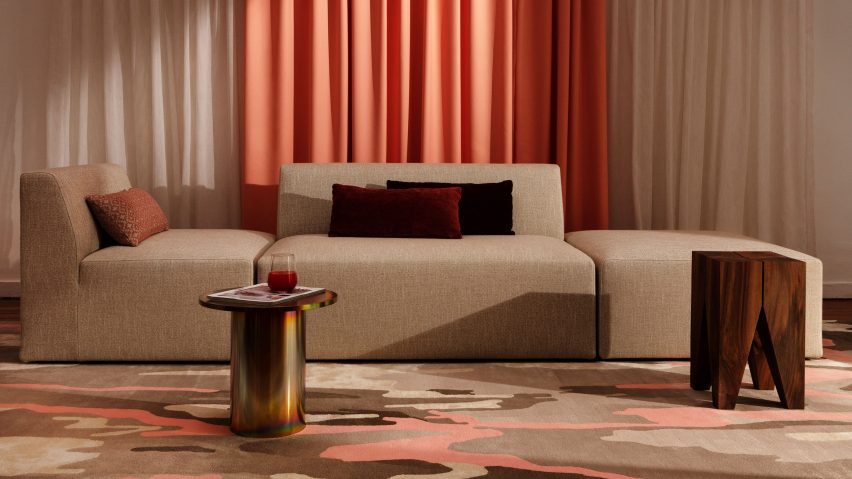
Christian Fischbacher and Hadi Teherani create fabric designs informed by the Iranian landscape
Promotion: Contemporary Persia is a collection of 10 fabrics in different colour variations designed by textile manufacturer Christian Fischbacher and architect Hadi Teherani to capture "the contrasting colours of the Iranian landscape".
The collection includes curtain and upholstery fabrics, which are made from a blend of materials including linen, wool and polyester.
Contemporary Persia comes in shades of blush pink, earthy sand and muted greens with splashes of blue and blush-coloured accents.
"Once we entered into a dialogue, we became aware of the enormous creative power that Iran represents, with its rich cultural heritage," said Christian Fischbacher creative director Camilla D. Fischbacher.
"Fabrics make architectural spaces complete and can be experienced with our senses," added architect Teherani.
Here we round up ten fabrics that are part of the Contemporary Persia collection.
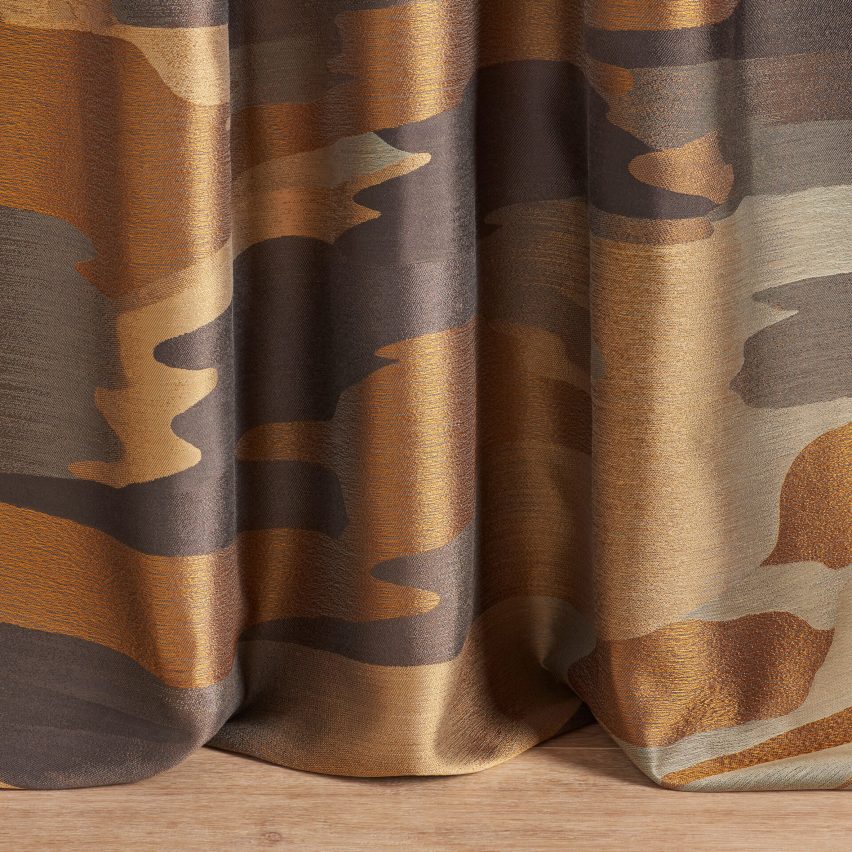
Roya
Roya is a jacquard curtain fabric that is informed by the landscape and hues of the Iranian Aladagh Mountains.
The fabric is made from a blend of viscose, cotton and polyester yarns, which makes the design's colour gradients possible, according to Fischbacher and Teherani.
Roya comes in five choices of colours and its name means "beautiful dream" in Persian.
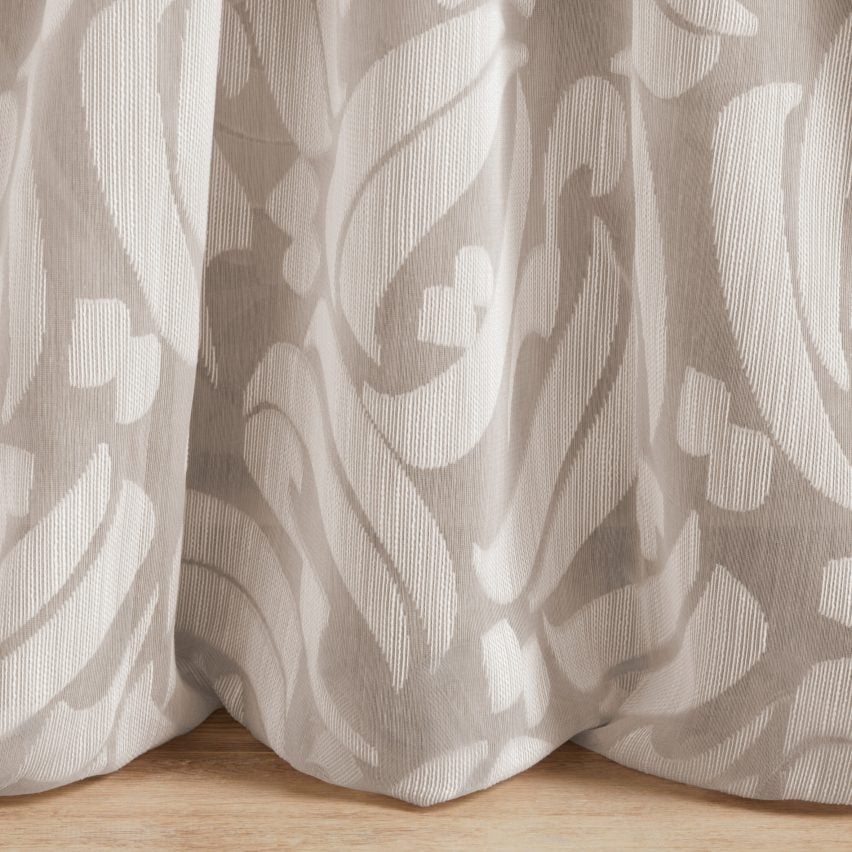
Afsun
The design Afsun is a curtain fabric that is intended to mimic the appearance of the Persian letters H and T, which stand for Hadi Tehrani's initials.
Afsun is described by the designers as a "lively design" on semi-transparent fabric. The material comes in four different colours. It is also flame-retardant and can be used in commercial spaces.
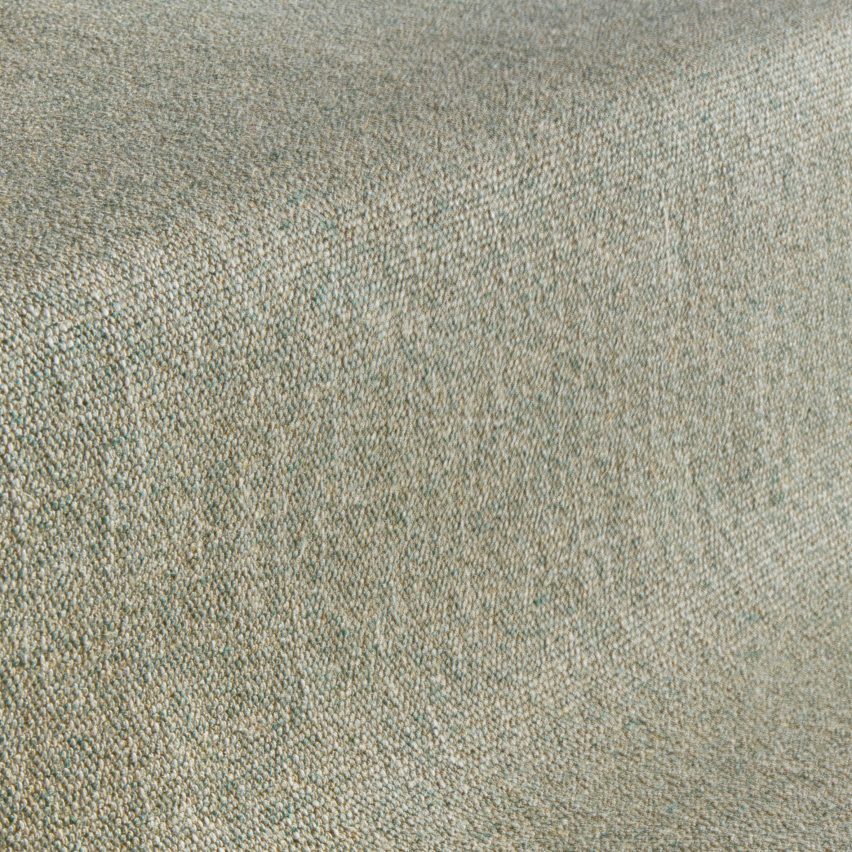
Baran
Fischbacher and Teherani's Baran is an upholstery fabric that is made by combining linen warp and loosely twisted weft yarn. The natural fibres have an uneven structure and are woven into a geometric dobby weave.
Baran's name is informed by the Persian word for rain, which is a "scarce commodity in many regions of the country," according to the designers.
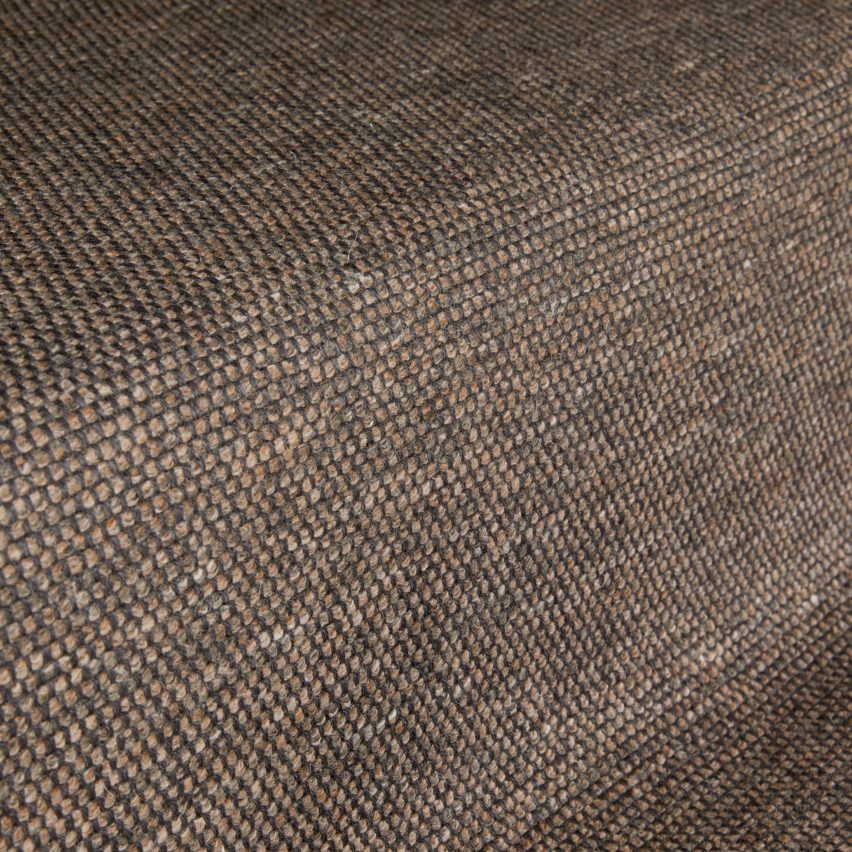
Diba
Diba is a graphic patterned upholstery fabric made of a natural fibre blend with a "lively surface structure".
The fabric has a Panama weave and is designed to have a soft and subtle feel. Diba is informed by the brick design seen in Persian architecture.
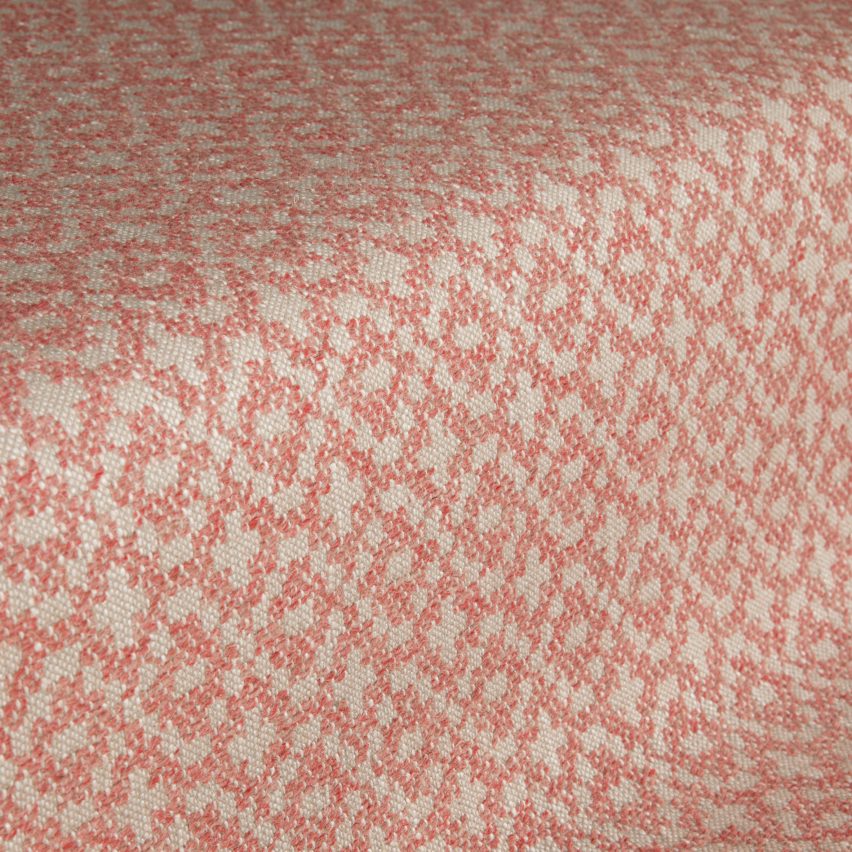
Mitra
Mitra is an upholstery fabric made from wool yarns, which are combined with linen warp to create a voluminous surface.
The textile is also designed to mimic the traditional brickwork of Iran.
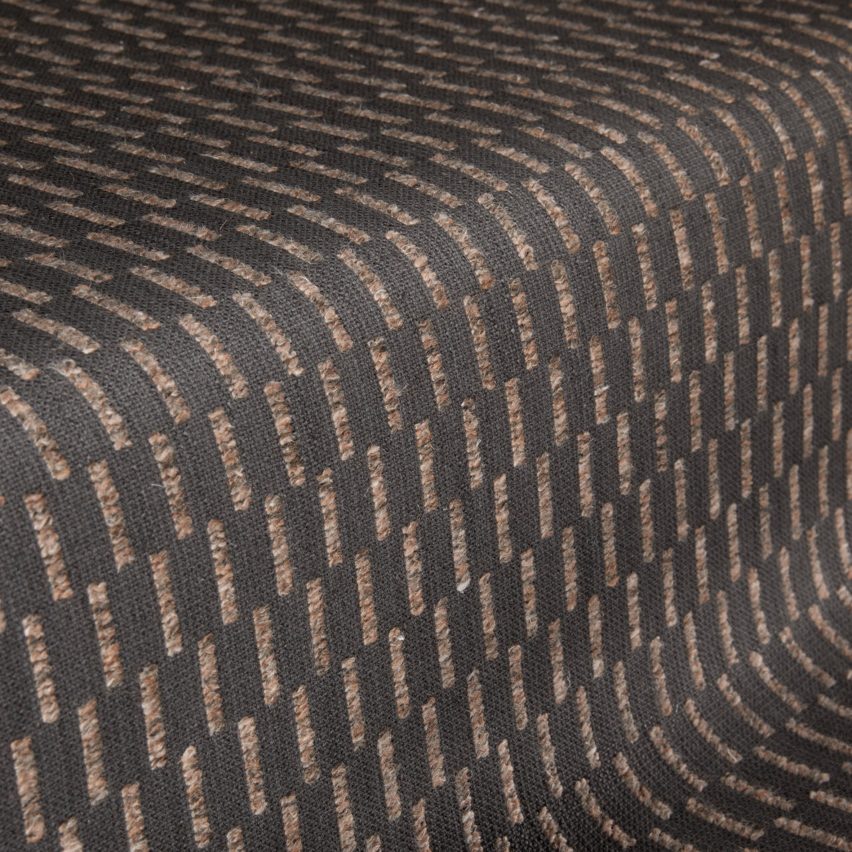
Tara
Tara is a medium-weight upholstery fabric woven into a dobby weave with loosely twisted yarns.
The yarns rise to the surface throughout the textile, giving it a bold appearance.
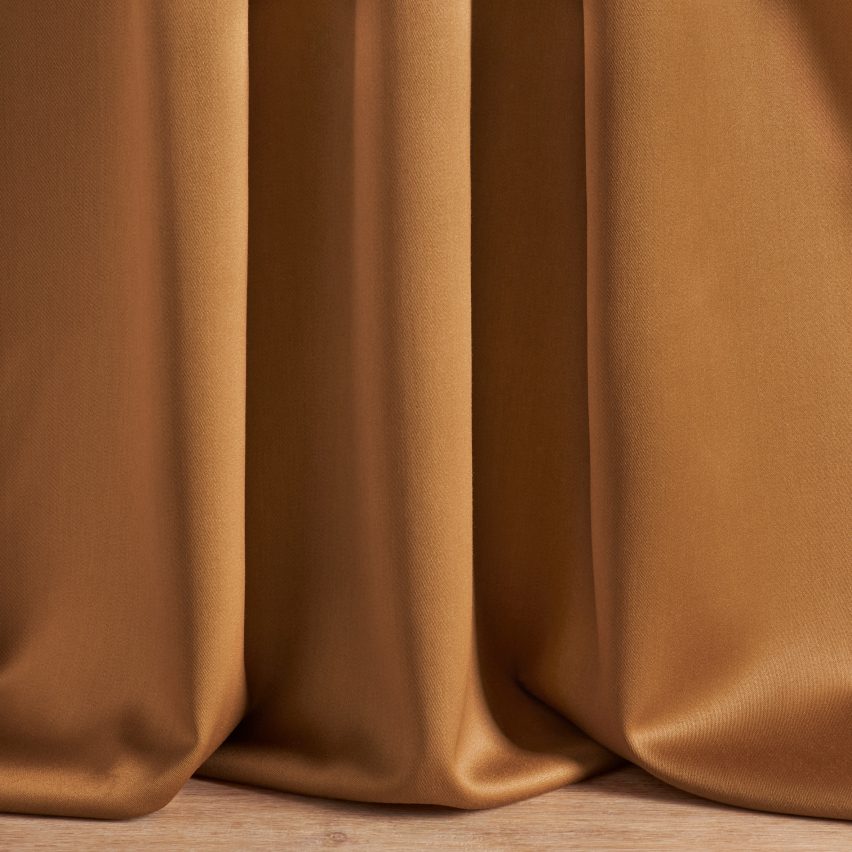
Donya
Donya is a densely woven wool satin that can be used as a curtain and upholstery fabric. It is equipped with a special dirt-repellent finish, which makes the fabric resistant and protects it from stains.
Donya comes in 10 colours, which include "delicate earth and vanilla tones as well as shades of blue and salmon red".
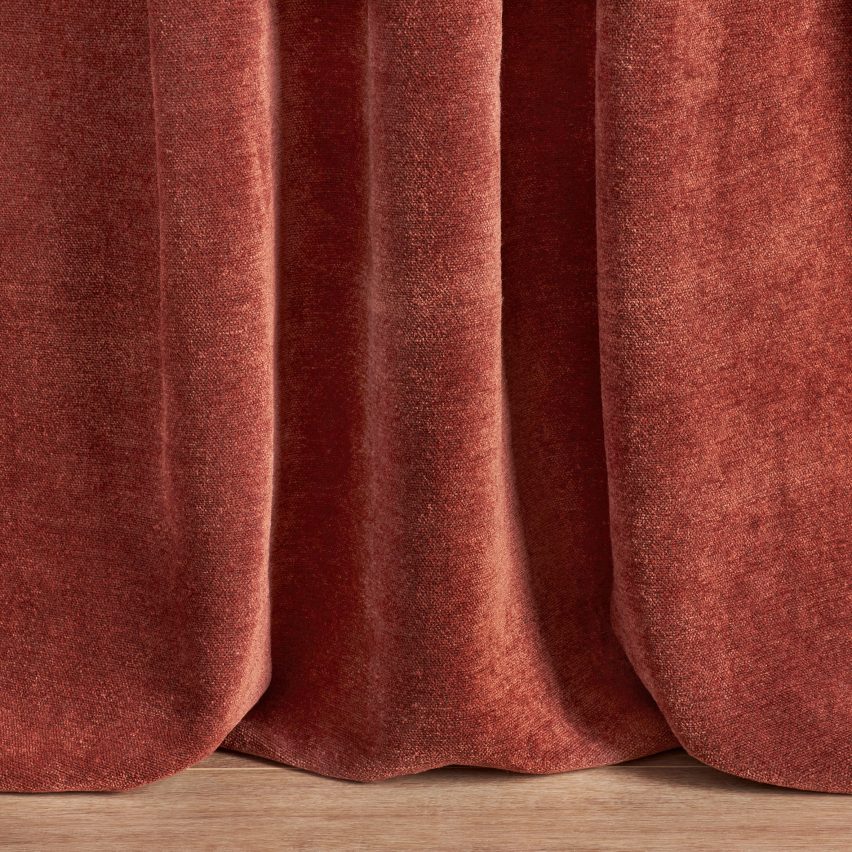
Dasht
Dasht is the Persian name for "desert" and similarly to Donya, it can be used as both curtain and upholstery fabric.
The fabric comes in ten colourways and is made from linen-cotton chenille yarn, which aims to give the fabric "an elegant, velvety look with a grainy, dry touch".
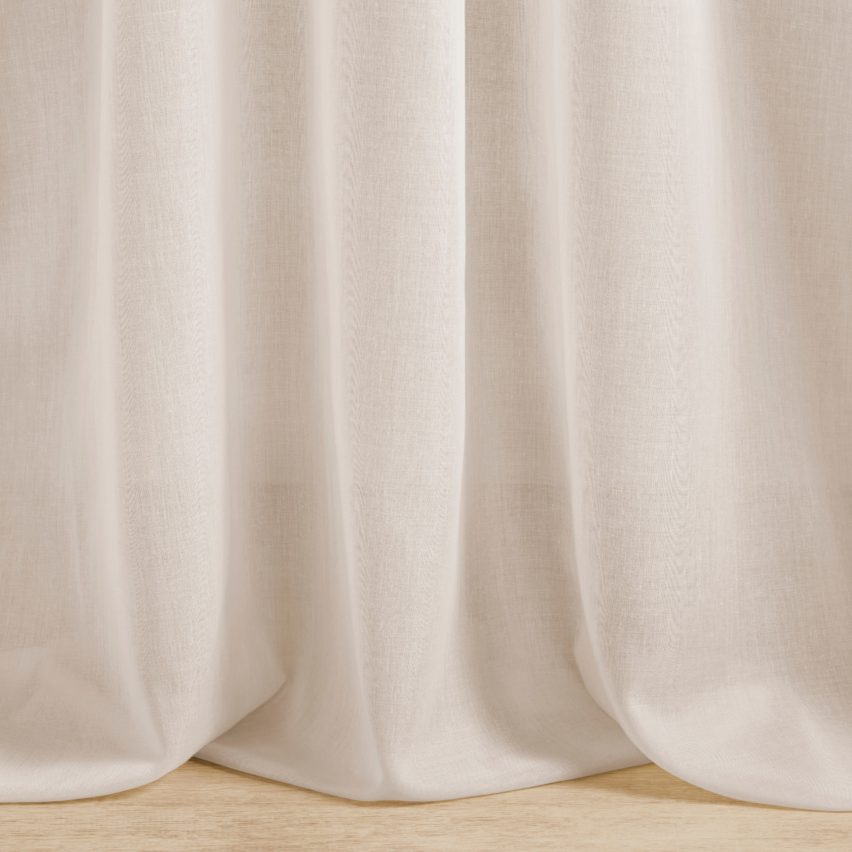
Nasim
Nasim is a transparent voile with a cotton appearance that is colour-coordinated with the duo's Donya fabric.
It is available in four colours.
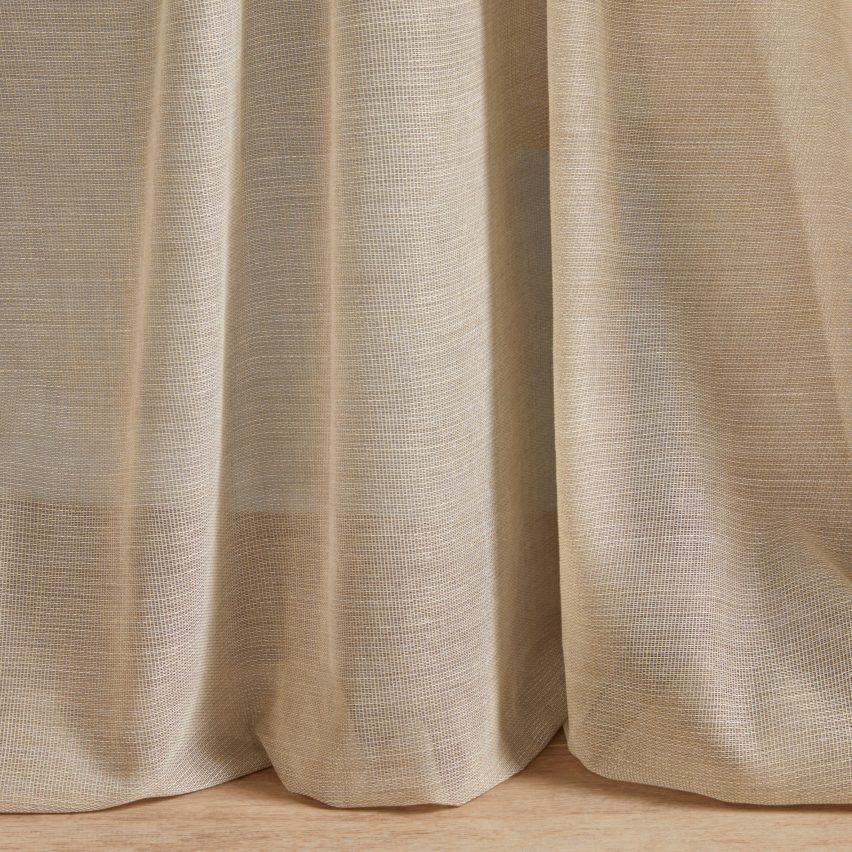
Aramesh
In Persian, Aramesh represents "calmness, peace of mind and bliss", according to Fischbacher and Teherani.
Aramesh is a matt, transparent fabric and can be used for curtains. The fabric is flame-retardant, and lightweight and comes in mélange colours.
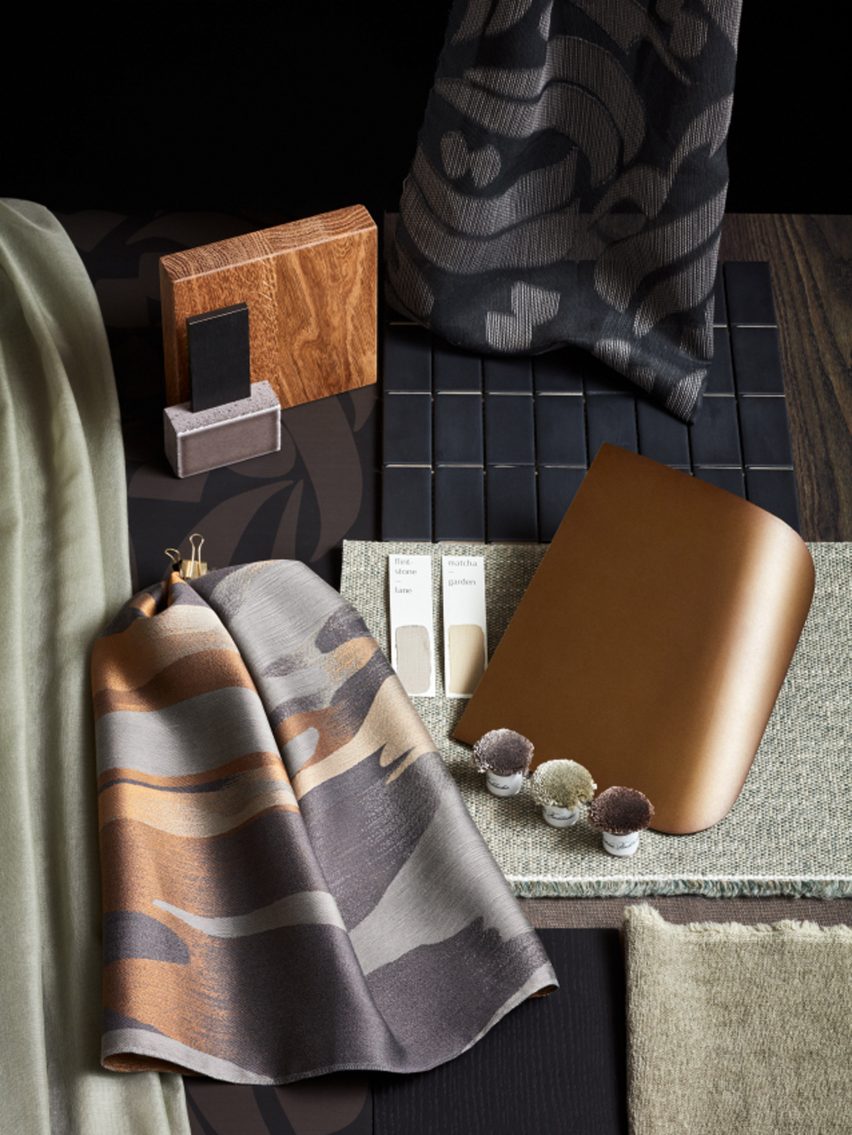
Christian Fischbacher is a family-run company that has been designing textiles for more than 200 years and creates interior fabrics, accessories, carpets and wallpapers.
Christian Fischbacher's creative director Camilla D. Fischbacher developed the materials in close partnership with Hadi Teherani. Both designers were born in Iran but then moved to Europe where they now live.
For more information on Christian Fischbacher, visit its website.
Partnership content
This article was written by Dezeen for Christian Fischbacher as part of a partnership. Find out more about Dezeen partnership content here.